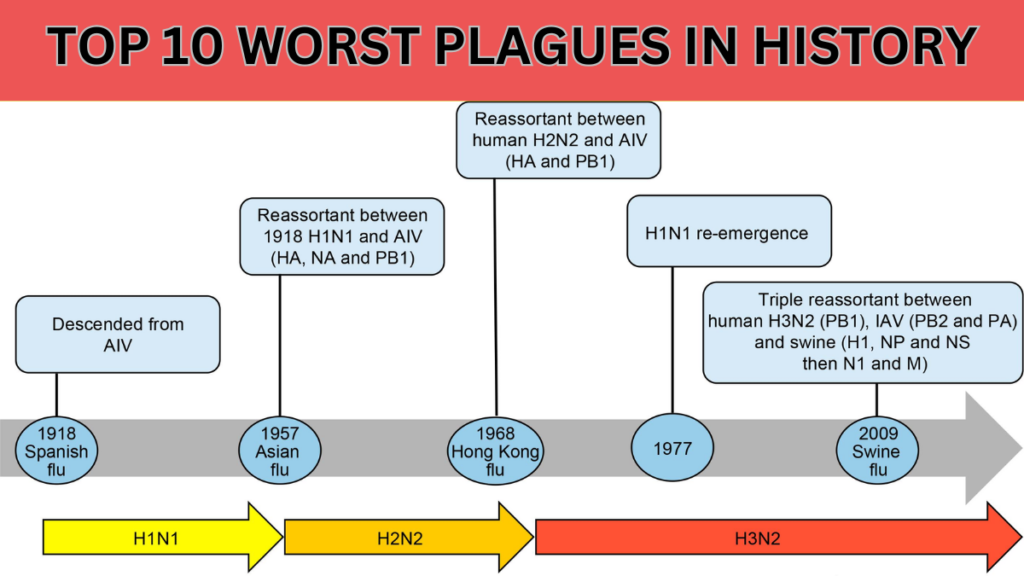Top 10 Unusual Cooking Concepts
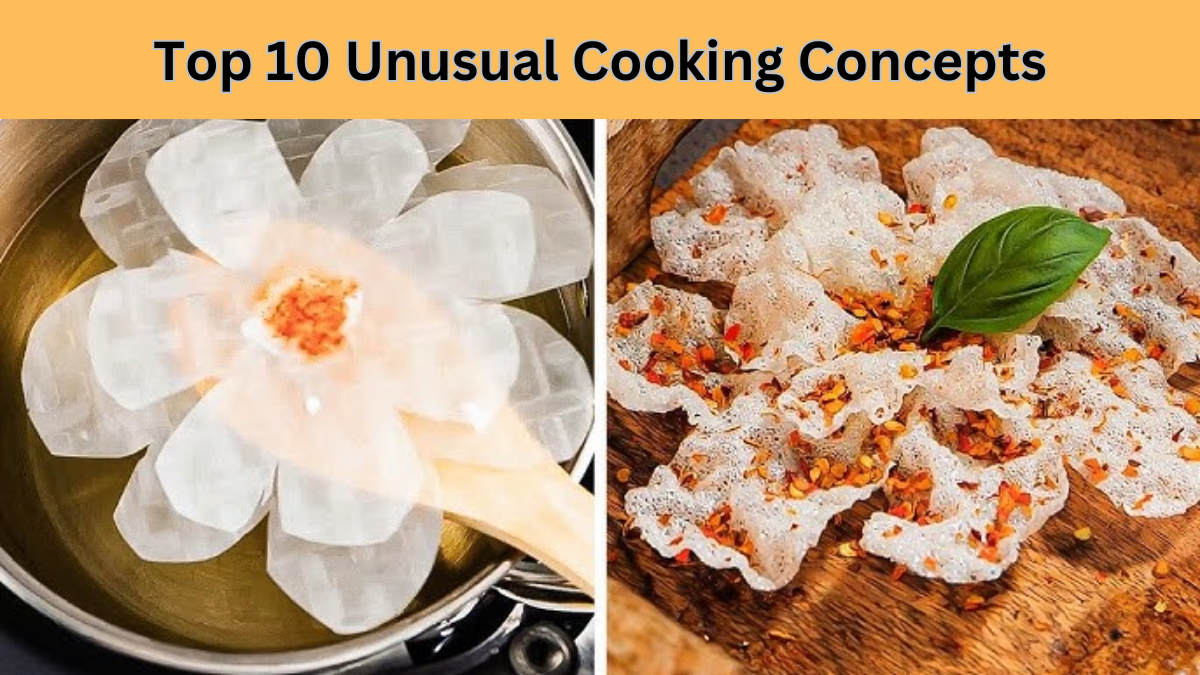
“Discover the top 10 unusual cooking concepts transforming modern cuisine. From liquid nitrogen ice cream to sensory dining experiences, explore innovative techniques that redefine how we experience food.”
1. Liquid Nitrogen
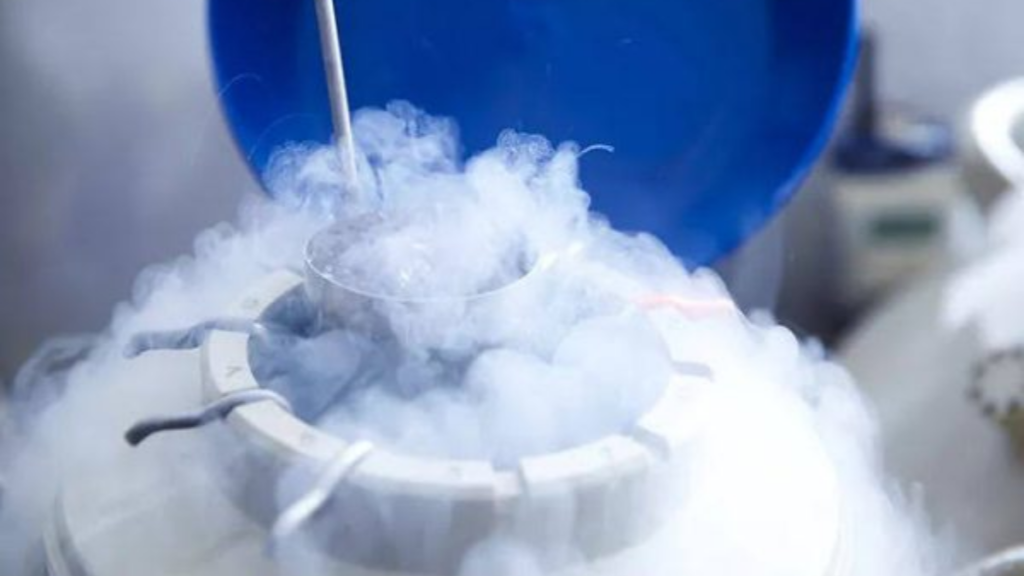
Liquid nitrogen is a game-changer in the kitchen, allowing for extreme temperature cooking and rapid freezing. This technique is particularly popular for making ice cream, as it prevents ice crystals from forming, resulting in the smoothest, silkiest texture imaginable. It can also be used to freeze pure fruit juices into delightful sorbets in just minutes.
2. Alginates

Alginates are a versatile type of gum that causes calcium-based liquids to gel. They can be used to create “caviar” made from fruit juices, ravioli without pasta, and various other culinary innovations. The possibilities with alginates are virtually limitless, making them a favorite among modern chefs.
3. Vapor

The sense of smell plays a significant role in enhancing the dining experience. Many haute cuisine restaurants use vapor to enrich flavors, bathing diners in enticing scents. Techniques vary, from spraying aromas during service to providing aromatic herbs for diners to smell while eating. This method elevates the overall tasting experience.
4. Air

In the finest modern restaurants, traditional sauces and gravies are often replaced by airs and foams. Created using a submersion blender, airs froth up cooking or fruit juices with a stabilizer, while foams are produced using nitrous oxide in a whipping device. These techniques provide a unique texture and flavor experience on the plate.
5. Sous Vide
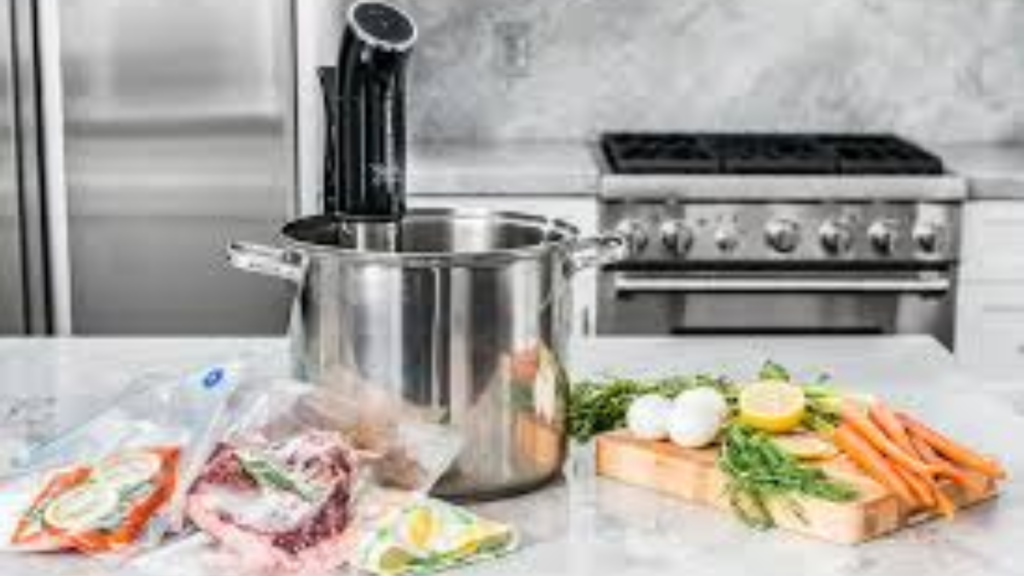
This method, meaning “under vacuum,” involves vacuum-packing food and cooking it in a water bath at precise temperatures. Sous vide ensures that meat is cooked evenly and cannot be overcooked, resulting in tender and flavorful dishes. Chefs can achieve perfectly cooked proteins every time.
6. Slow Cooking

While slow cooking isn’t new, modern techniques take it further by maintaining low temperatures to retain moisture and tenderness. Chefs like Heston Blumenthal cook meats at controlled temperatures for extended periods, yielding incredibly soft textures that can be cut with a spoon.
7. Powders
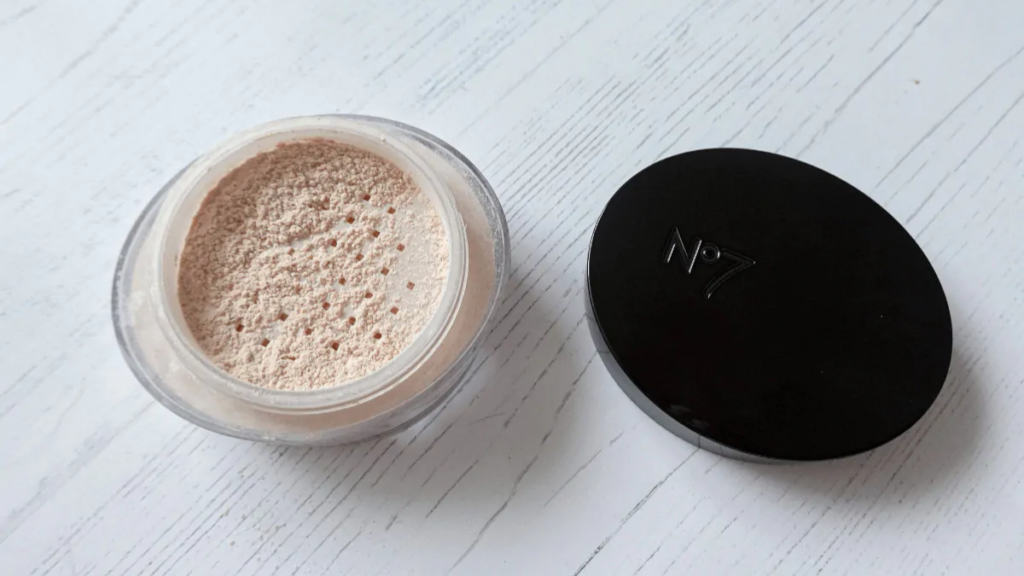
Powders made from dried flavors are making a splash in contemporary cuisine. These are created by mixing a liquid with maltodextrin, resulting in flavorful dusts that can be sprinkled on dishes or served as standalone courses. A popular example includes bacon fat powder, which melts in your mouth, delivering an intense flavor.
8. Other Senses
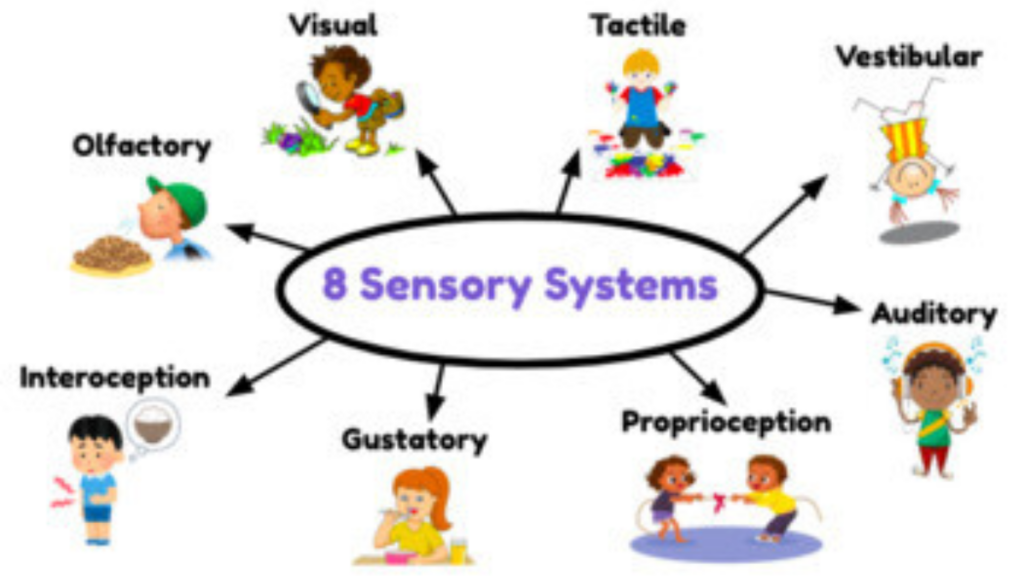
Restaurants are now experimenting with other sensory experiences, such as eating in complete darkness or integrating audio elements into meals. These concepts aim to enhance flavor appreciation and create unique dining experiences, such as listening to sea sounds while enjoying seafood dishes.
9. Methyl Cellulose

Methyl cellulose is a remarkable compound that transforms into a firm gel when heated. It’s commonly used in pie fillings to prevent spills but has been taken to the next level in molecular gastronomy, where it’s used to create hot ice cream. This technique allows chefs to serve ice cream that hardens instantly when submerged in hot water.
10. Transglutaminase

Also known as “meat glue,” transglutaminase is used to bind proteins together, creating unique textures in dishes. Chefs utilize it to create noodle-like dishes made entirely from seafood or to form novel combinations in charcuterie. This ingredient expands the culinary possibilities for modern dishes.


